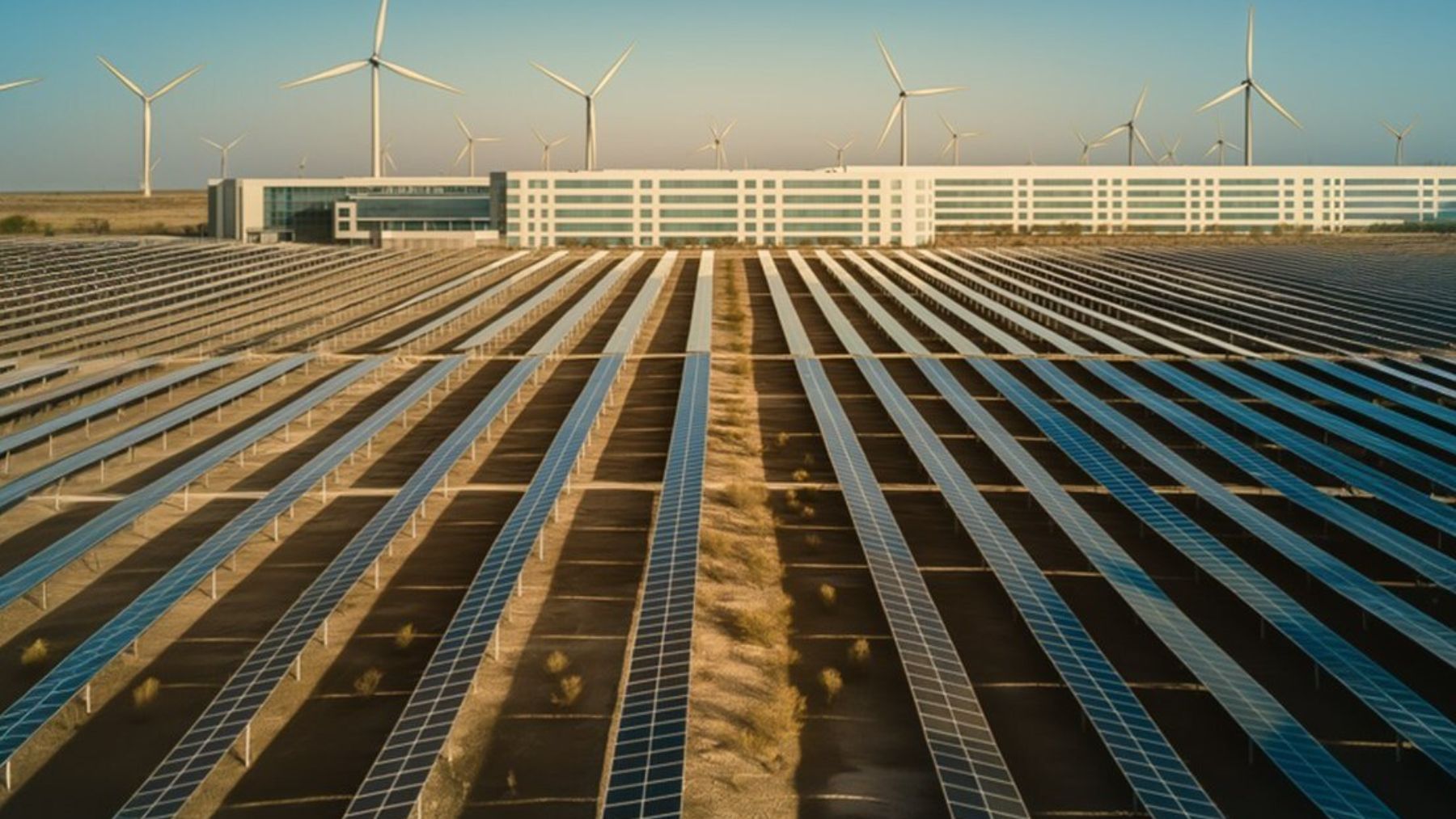The country’s second-largest state by land area is predicted to become the most populous state in the U.S. by 2045. It takes cultural pride in doing everything big, from life to life’s experiences, having earned its “larger-than-life” reputation. Now, the future sits beneath its sands, setting it to become a giant 5 GW hydrogen hub to feed the internet. It will change our lives as we know them, as this project will pioneer a new behind-the-meter approach to keep us connected with the world.
Making the internet great again by turning it green
As technology has advanced in the modern world, so has its energy consumption exponentially increased, especially with the internet. According to the Eco-Friendly Web Alliance, the internet is extremely heavy when it comes to energy consumption. This is how the internet uses energy:
Networks
Wireless networks, routers, and other networking equipment’s infrastructure consumes significant power
End-user devices
Charging and operating smartphones, computers, and other internet-connected devices contribute to overall energy consumption
Data centers
Data centers house the servers and hardware that store and process internet data, and require high amounts of energy to run and to cool down the systems
The link between the internet and fossil fuels is still undeniably strong. The exponential growth in data consumption, driven by online content, streaming services, and AI applications, is resulting in a surge in energy demand from data centers and networks. Unfortunately, the majority of the power used by the internet’s infrastructure is still produced by burning fossil fuels like coal and natural gas.
To address the internet’s significantly high carbon footprint, one state will become a giant 5 GW hydrogen hub, as the future lies beneath its sands.
This state will become a giant 5 GW hydrogen hub
Texas prides itself on the culture of doing things big, which is why it should not come as a surprise that “the world’s largest behind-the-meter data center” will be near Laredo, Texas. The facility will be a massive 50,000-acre data center hub, which will be known as “Data City.” Energy Abundance Development Corporation, a Houston-based company, will be in charge of the hub’s construction.
According to the company, the facility will be powered by 100% green energy 24/7, and the company plans on using the most mysterious energy source in the world, i.e., green hydrogen. The facility’s green will be sourced from its hydrogen salt dome storage facility in the future. Energy Abundance Development Corporation stated this approach will help address the challenge of securing reliable, cost-effective power for large-scale data centers while decreasing their carbon footprint.
So much power in such a short time
This is what Brian Maxwell, the founder and CEO of Energy Abundance, had to say:
“Data City solves hyperscalers’ biggest hurdle: securing massive low-cost power quickly. Building behind-the-meter is the path to energy abundance—a cornerstone of this landmark project. It’s an honor to lead a quintessentially American and Texas endeavor that will power the AI revolution and pave the way to an energy abundant future.”
The company also announced the development of a large-scale green energy generation and storage hub near Corpus Christi. The hub will generate 280,000 tons of green hydrogen and 1 million tons of green ammonia annually, using wind and solar power. The project’s construction starts in 2026, and operations in 2029.
This is not the only mega-project for Texas. Meta, the owner of Facebook, Instagram, Threads, and WhatsApp, which may soon become a Texas company, also agreed to a deal to have its Lone Star State data centers powered by 595 MW of solar power. Meanwhile, Google will be powered by another state’s water until 2045, with hopes to finally achieve its climate targets and keep its carbon footprint intact. As more and more mega-corporations go green, our planet becomes cleaner.
Disclaimer: Our coverage of events affecting companies is purely informative and descriptive. Under no circumstances does it seek to promote an opinion or create a trend, nor can it be taken as investment advice or a recommendation of any kind.

